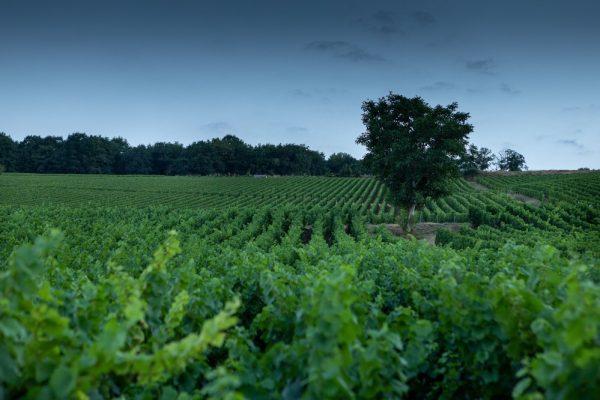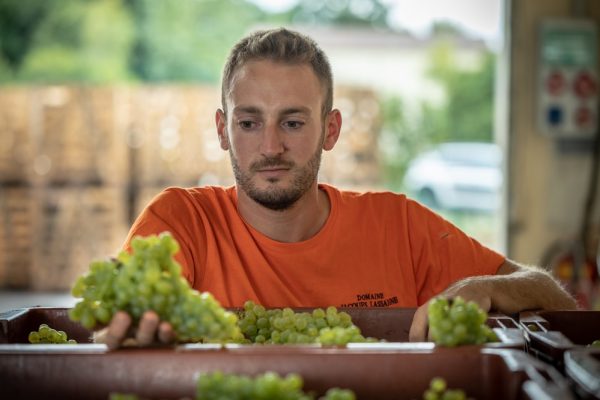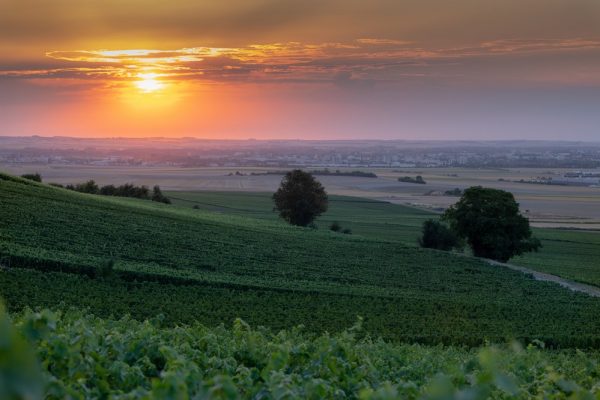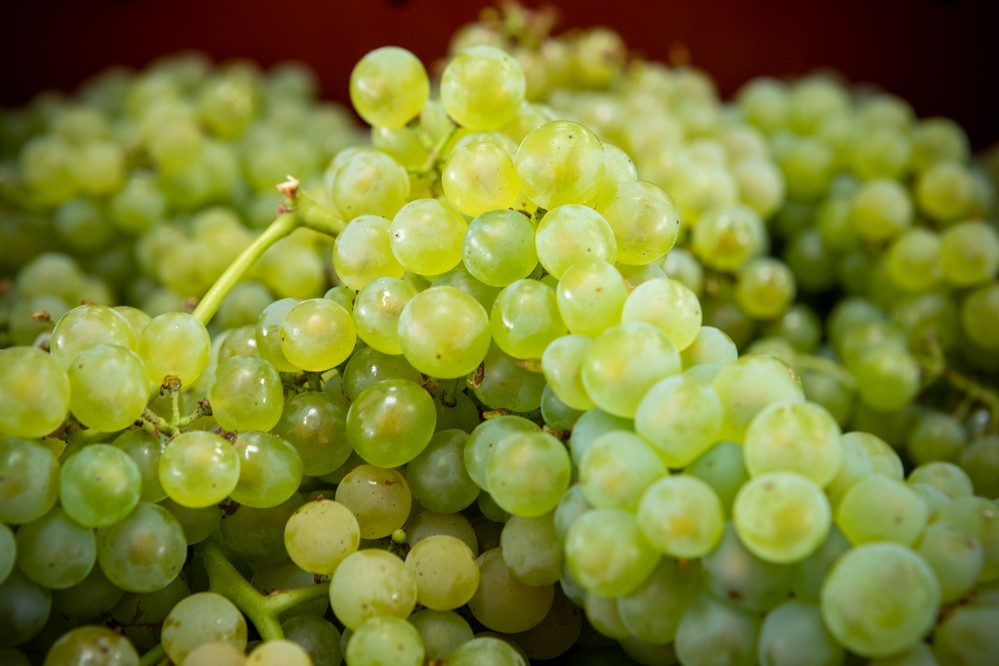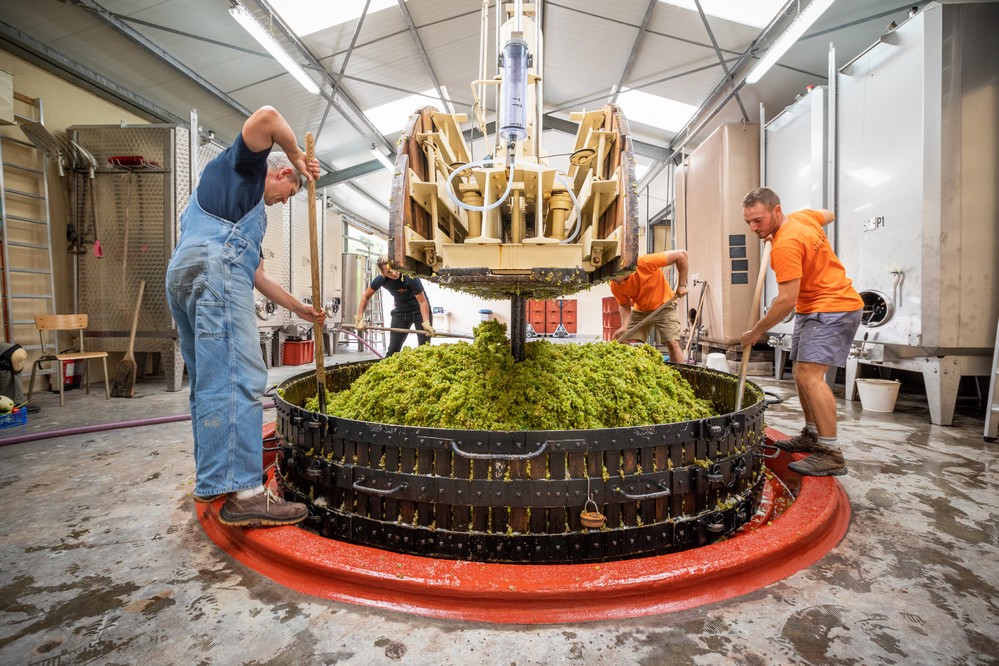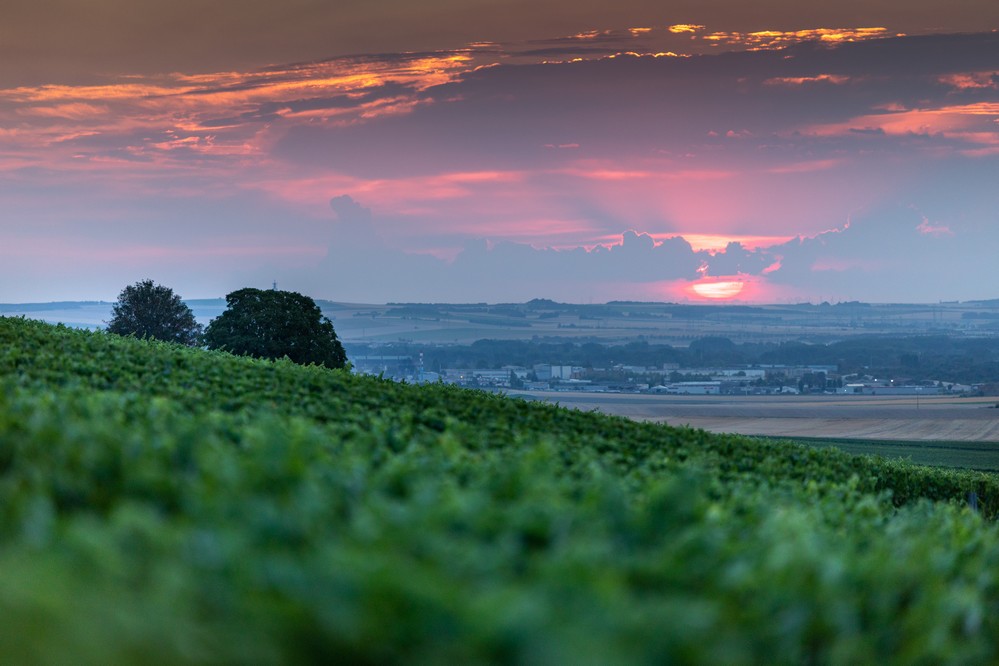A champagne from the Aube department, of course! (But not only.)
To the question: “What is a good champagne?”, the answer: “A champagne from the Aube department” is of course more of a chauvinistic joke, a bit provocative. The Aube department is the second largest producer in terms of volume, but there is no real hierarchy between the production areas. Indeed, the geographical origin is not the only quality guarantee. Between the different grape varieties, terroirs, blends, vintages, brands… It can be very hard to choose a bottle of champagne. So, what is a good champagne, knowing it is a typical blended wine? Is there a way to find out… before tasting it? A few tips might help you make your own idea, but the final appreciation will mainly depends on your own tastes and on the food and wine combinations that you will want to make. A basic tip: read labels carefully. They do offer a lot of information that can guide you.
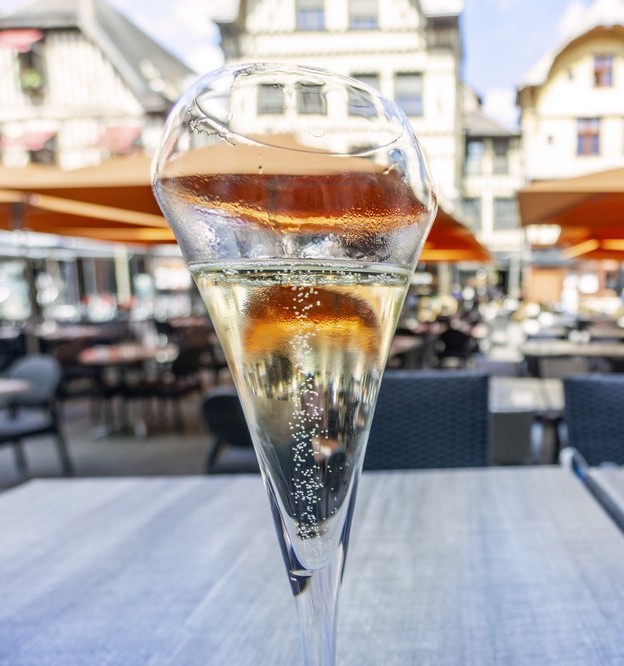
To begin our selection, how to choose the grape variety, the terroirs, and the producers?
The grape variety: Chardonnay or Pinot?
There are three main grape varieties used in Champagne: Chardonnay, Pinot Noir and Pinot Meunier. Others are rarely used, which are not described here. It is generally agreed that these three grape varieties have different characteristics. Chardonnay, which is a white grape, is said to be lighter and livelier, fresher and more fragrant. Pinot Noir and Pinot Meunier, which are red grapes with white juice, seem fruitier, rounder, more powerful and strong. Champagne made only from Chardonnay is called “Blanc de blanc” (blanc = white). It is ideally served as an aperitif. The rarer “Blanc de noirs” (noir = black) contains no Chardonnay. It goes well with game. Champagne without any particular indication is a mix of white and black. In the Aube department, Côte des Bar is rather Pinot Noir, while Montgueux is rather Chardonnay.
Terroir: cru or not cru?
There is no such thing as a bad terroir in Champagne, as long as they have all been approved worthy of being part of the champagne appellation area. However, there is a hierarchy of wine-growing towns, that used to be called the “scale of crus” (“echelle des crus” in French). It considers various characteristics such as the terroir, exposure, weather, grape variety, etc. Today, this classification is mainly used to fix the selling price of the grapes. Theoretically, the villages classified as “grand cru” produce the best grapes and therefore the best champagne. The “premier cru” follow, the others are not classified. This being said, champagne is a blended wine, in which grape varieties are mixed, as well as terroirs and years, to erase differences and keep a constant taste. Thus, champagnes from a single terroir can be found, as well as champagnes from a single year of harvest, because of its exceptional quality: this is called a “vintage”. Of course, some vintages are superior to others.
The producer: winegrower, cooperative or merchant?
Champagne is divided into three large families of producers: independent winegrowers, cooperatives and merchants, i.e. the Champagne houses, which buy a large proportion of their grapes from the winegrowers. All of them can produce good and great champagnes. Therefore, this is apparently not an important characteristic for choosing a champagne. Nor is the brand, as some names, unknown to the general public, can easily be compared to the more prestigious operators.
To continue this quest for a good champagne, what sugar content, what colour, how old should it be, and should it be organic?
Quantities: how much sugar?
Champagnes are more of less sweet – professionals say more or less “dosed” (“dosé” in French) (less dosed = less sugar, more dosed = more sugar). Sugar is either naturally present in the grapes or added. Its content determines the type of champagne you drink. Depending on whether you have a sweet tooth or not, you can choose between two extremes, from the “extra-brut” non dosed, without any sugar, to the sweet champagne (“champagne doux” in French), which contains more than 50 g of sugar per litre (about 8 sugar cubes) (1). In between, the “brut” contains less than 12 g of sugar, the “extra-sec” (or “extra-dry”) has up to 17 g of sugar, the “sec” (“dry”) up to 32 g and the “demi-sec” (“half-dry”) up to 50 g. Therefore, beware of misleading names: dry is sweeter than brut! And beware of too much sugar that could be used to hide the acidity of a (bad) champagne. Finally, beware of the absence of sugar, on which the aroma, balance and conservation of the wine partly depend! In short, a good champagne is a subtle balance between acidity and sweetness.
(1) Thus, this figure must be multiplied by 0.75 to find out the sugar content of a 75 cl bottle
Production: organic or conventional?
Organic champagne is making its mark, even if the production is still marginal. It differs from conventional (traditional) champagne by the refusal of using chemicals, but the wine-making process (the Champagne method) remains identical. You can’t tell if a champagne is organic or not by its taste.
Champagne colour: pink or golden?
You can find “rosé” champagne as well as traditional champagne, which is golden or pale yellow in colour. Seen as more “feminine” (cliches die hard), rosé champagne is made from the same grapes as white champagne, except that the skins of the Pinot Noir grapes are macerated during the wine-making process. The other method of making rosé consists in mixing the champagne with some regional red wine. Should it be noted that there is no such thing as red champagne? The lighter the colour of a classic champagne, the more likely it is to be a light champagne. The darker the colour, the more powerful the champagne. And if you want to determine if the rosé champagne is better than the traditional champagne, just follow your own taste, which will always be the best judge.
Age: Young or old?
For a long time, it was argued that champagne was not a good wine for ageing: as soon as it was produced, it was consumed. The experience has shown that nothing could be further from the truth, thanks to some examples of bottles kept for several decades and still good to drink. Thus, champagne can be aged in a cellar, but its taste will change. Vintage champagnes (produced from a single year’s harvest) withstand better a prolonged stay in their bottle. Moreover, a vintage champagne is only sold after a minimum of three years.
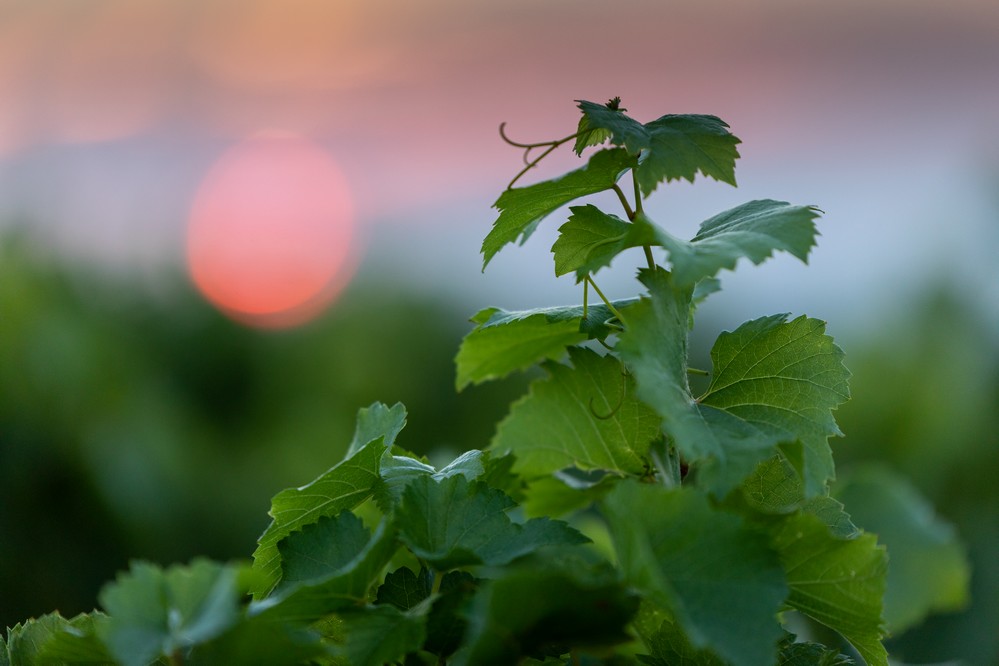
Once purchased, how should you serve your champagne and what characteristic should it meet to satisfy your taste buds?
The aroma: fruity or mineral?
Champagne has both fruity AND mineral aromas. This is normal, since it is made from grapes and it is a product from the earth! But there is such a wide range of aromas, especially to the sharp palate and nose of oenologists, that it would be futile to try to explain what the taste of a champagne should be!
The bubble: big or small?
Not wanting to discriminate any large things or beings, but connoisseurs still agree on this: the smaller the bubble, the better the champagne. But you still have to open the bottle to be sure! To be noted: winemakers do not really control the size of the bubbles, nevertheless, you can make bubbles smaller while serving, by tilting the glass and choosing a glass that is not too high.
Service: cold or chilled?
Champagne should be served neither too hot nor too cold. The former will feel unpleasant to the mouth, the latter will kill the taste. The ideal temperature is between 8 and 10°. It would be a pity if a lack of freshness annihilated the expected pleasure of a good bottle! It would also be considered as a bad taste to put ice cubes in your glass of champagne, unless it is really sweet (“sec”, “demi-sec” or “doux”). However, some champagne houses have broken this taboo, and some even allow to drink champagne through a straw!
The glass: flute or coupe?
You would not imagine drinking champagne from a plastic cup (nor any other wine for that matter). This raises an important question: is it better to drink champagne in a coupe (flat champagne glass) or a flute (long thin champagne glass)? It seems that the flute is the more appropriate and better enhances the qualities of champagne. However, some recent research suggest that the ideal glass should be tulip-shaped: wide at the bottom, narrow at the top. Champagne still holds many mysteries!
Finally, but we might as well have started with this question, as it is not at all secondary: how much does a good champagne cost?
Price: expensive or cheap?
As you may have guessed, the more expensive a champagne is, the more likely it is to be good. But beware: you can find very good champagnes at a reasonable price. It is considered that below 20 euros, which seems to be a good value for money, there is a risk of being disappointed. Well, maybe it is a bit arbitrary. Fortunately, there are many exceptions to this rule. However, 10 euros is a limit: any price below is considered as sacrilegious in Champagne.

